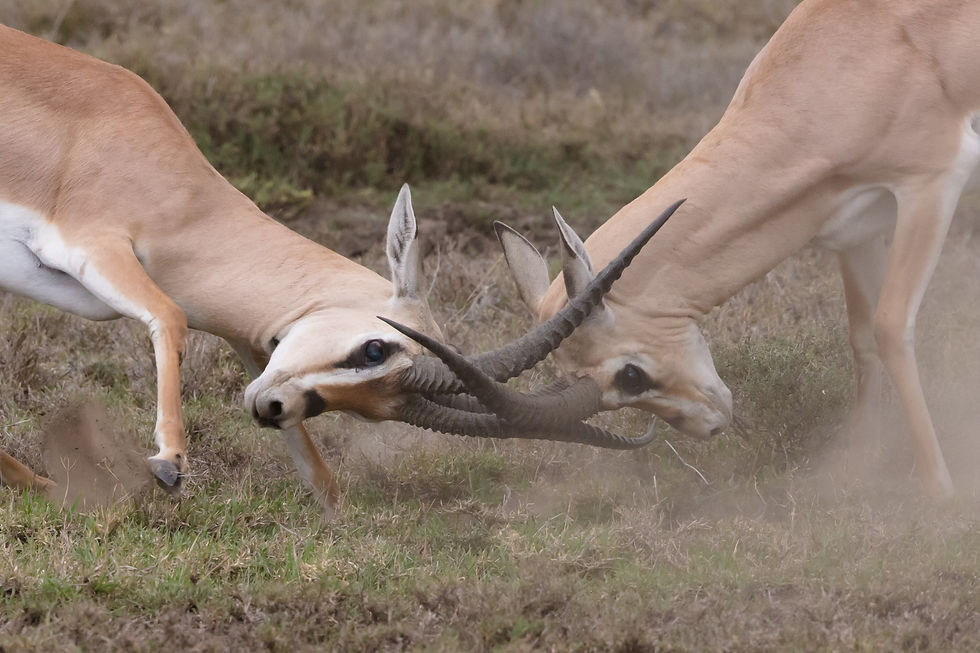A Phoenix Rises: Posttraumatic Growth
- Angie Perry-Martin
- Apr 30, 2019
- 4 min read
“In the ashes of suffering, a Phoenix can be born” (Thich Nhat Hanh)

Trauma
We are all likely to experience some form of traumatic experience in our lifetime. Whether “big T” or “little t” trauma, it is almost unavoidable. Sometimes life challenges us with events that shake our foundation and overwhelm our ability to cope, such as serious injury, life threatening experiences like car accidents or medical procedures, physical abuse, sexual violence, abduction, or domestic violence—these are examples of big T trauma. Other experiences, such as teasing, insults, harassment, legal proceedings, loss of a job, and loss of a significant relationship are considered little t trauma. These experiences can be extremely challenging to our sense of self and affect our sense of safety and well-being.
Trauma overwhelms our ability to regulate, tolerate and integrate emotional stress and impacts us emotionally and physically. We may notice that we are quick to react in anger, burst into tears, or shut down emotionally, feeling numb or frozen. We may develop physical symptoms such as muscle tension, headaches, pain, digestive distress, and lethargy/fatigue. We may have difficulty concentrating, have nightmares or flashbacks, avoid contact with friends, family, or have fear of being in crowds. Or we may notice that we become overwhelmed by sensation, emotion, or negative thoughts in response to certain triggering people, places, or situations.
People who experience a traumatic incident, or multiple traumatic events over a lifetime, may develop Post Traumatic Stress Disorder (PTSD)--although not always. We all cope differently depending on our capacity to tolerate stress and manage emotion, our personal resources and supports, and our previous life experiences. After an incident, some individuals may experience some brief distress without it affecting their day-to-day functioning. Others may experience an acute response of posttraumatic stress-related symptoms that becomes manageable with time and tools, while others may experience full blown PTSD (intrusive symptoms &/or re-experiencing, avoidant symptoms, and negative alterations in mood or thought).
Posttraumatic Growth- An Outcome and a Process
In the mid-1990s Richard Tedeschi, Ph.D., and Lawrence Calhoun, Ph.D., developed the theory of posttraumatic growth to explain the transformation that can occur as survivors of trauma process and integrate the experience(s) and discover a new understanding of themselves and their world. The theory was new, yet the experience of it has been witnessed for ages--stories of people who have risen from the struggle of trauma to a renewed sense of meaning, inspiration, and purpose. ... it is similar to the experience of Victor Frankl (A Man’s Search for Meaning) and Zainab Salbi (Between Two Worlds) who both write of transformation and meaning-making after incredible suffering and pain. In the recent news, I’m reminded of Manuel Oliver, father of Joaquin Oliver, a victim of the Parkland, Florida, shooting incident. Manuel has become an advocate for stricter gun laws and improved school safety and has taken his message to the media and to the House Judiciary Committee hearing on gun violence. There are many more examples of people who, after living through traumatic events, became advocates, changed life direction, or discovered a new meaning in life.
*Posttraumatic growth does not necessarily mean you become an advocate for a specific cause or change your life purpose—there are a multitude of ways to show strength and resiliency post-trauma…you may find that things you once thought were important and worthy of your time (money, status, achievement, as examples) become replaced by experiences that become more meaningful to you, such as connecting with those you love or spending more time in nature and less time at work. You may have a renewed connection to art… to your children… or choose to change how you show up for yourself and others in your daily life.
Posttraumatic growth tends to occur in these five general areas.
1. Appreciation of life. 2. Relationships with others. 3. New possibilities in life.
4. Personal strength. 5. Spiritual Change.
New opportunities begin to emerge from the struggle as the individual reconnects to community, discovers strengths and inspiration to share their unique gifts with others, opening up a belief in new possibilities and forward movement. Often, the individual experiences a sense of connection and compassion with others who suffer and develops close relationships with allies and supporters during their time of distress. Some individuals experience a change in their belief system, sometimes finding a source of connection that was not there previously or feeling a renewed sense of spirituality.
In the move toward posttraumatic growth, the impact of trauma should not be minimized or forgotten. Trauma processing and integration should continue while also holding the possibility for new possibilities and hope to arise. Also, posttraumatic growth is not an absence of distress- both the presence of distress and the development of new possibilities can occur simultaneously. And, importantly, posttraumatic growth is not a direct result of the trauma, rather it relates to the struggle of the coping--- finding tools to regulate emotions that feel supportive, having relationships that feel nurturing, validating, and accepting, connecting to your own highest, wisest self, and discovering a sense of hope that you can survive and thrive! Posttraumatic growth is both the outcome and the process of integrating the trauma into day-to-day life.
Much love,
Angie Perry-Martin
for more information about my services, contact me - 720-924-1155 or admin@myelementalwellness.com





Comments